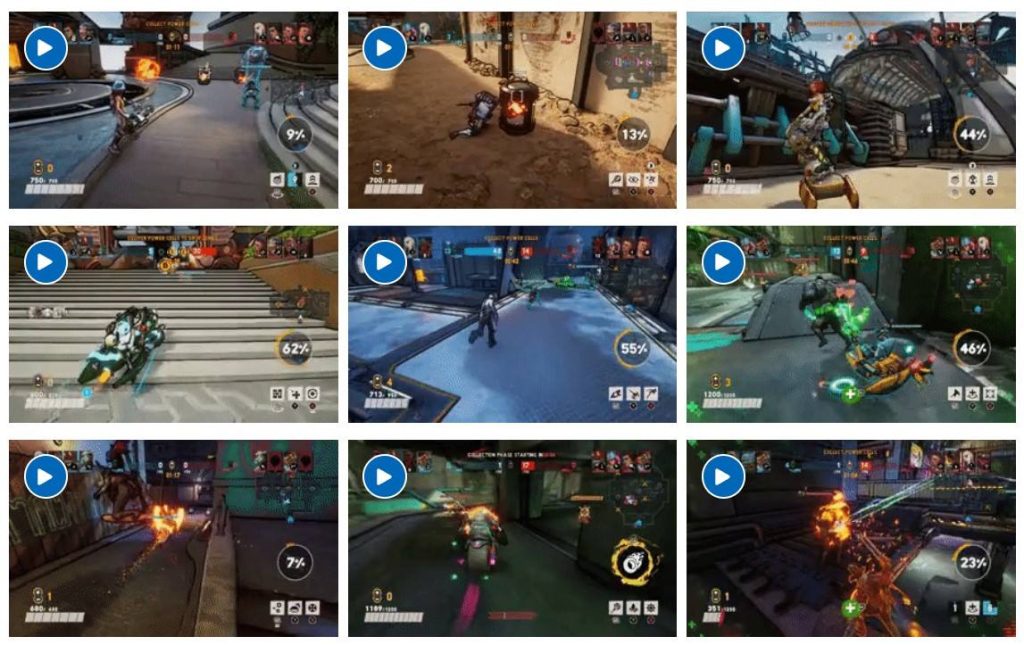With the introduction of Muse AI model from Microsoft, they want to change how game environments are created, enabling developers to generate immersive worlds based on visual inputs and player interactions. With its capabilities, Muse AI is set to enhance creativity in game design while also addressing the ever-growing demand for new content in the gaming industry.
What is Muse AI?
Introduction to Muse AI
Muse AI stands out as a pioneering generative model developed by Microsoft Research, designed specifically for video games. Unlike traditional approaches that require extensive manual input and design work, this model can autonomously generate game environments using various data sources, including visuals and player controller actions. The foundation of Muse AI lies in its ability to comprehend complex 3D game worlds and physics, allowing it to create diverse gameplay experiences dynamically.
The development of Muse was made possible through collaboration with Ninja Theory, the studio behind Xbox‘s Bleeding Edge. This partnership provided access to an extensive dataset—equivalent to seven years of human gameplay—which was instrumental in training the model on over a billion image-action pairs. As Fatima Kardar, Microsoft‘s corporate vice president of gaming AI notes, “This allows the model to create consistent and diverse gameplay rendered by AI,” marking a significant advancement toward empowering game creators.
Key Features of Muse AI
Generative Capabilities: At its core, Muse can generate rich game environments based on visual prompts or player actions. This allows developers to prototype levels more efficiently and experiment with different gameplay mechanics without starting from scratch.
Real-time Interaction: The model has demonstrated potential for real-time generation during gameplay sessions. In early demonstrations, it successfully reacted to player inputs by modifying the environment dynamically—a feature that could significantly enhance interactive storytelling in games.
Enhanced Resolution: Although currently limited to generating visuals at 300×180 pixels (up from previous models’ lower resolutions), improvements are expected as Microsoft continues refining this technology.
AI-Driven Game Preservation: One exciting application of Muse is its potential role in preserving classic games by adapting their mechanics for modern hardware without needing access to original engines.
Support for Creative Processes: By automating aspects of level design and environmental creation, Muse frees up creative teams to focus more on artistic vision rather than repetitive tasks.
How Muse AI Transforms Gaming
Creating Dynamic Game Environments
Muse AI fundamentally changes how dynamic environments are crafted within games. Traditionally, creating immersive worlds involves painstaking detail-oriented work from level designers who must consider every interaction within the environment meticulously. With Muse’s generative capabilities, developers can input basic parameters or visual cues and let the system produce entire landscapes or scenarios based on those inputs.
For instance, imagine a developer providing images representing various terrains—like mountains or forests—and letting Muse automatically generate interconnected paths or obstacles that players might encounter as they navigate these areas. This not only accelerates development timelines but also enhances creativity by allowing designers to explore possibilities they may not have initially considered.
Adapting to Player Actions
One of the most compelling features of Muse is its ability to adapt dynamically based on player actions during gameplay sessions. Instead of relying solely on pre-defined scripts or behaviors coded into characters or objects within a game world, this generative model learns from real-time interactions between players and their environment.
As players engage with the game—whether they’re jumping off cliffs or engaging in combat—Muse can analyze these actions and modify surroundings accordingly; perhaps creating destructible objects where none existed before or altering enemy behavior patterns based on how players approach challenges.
This adaptability adds layers of complexity that traditional static designs cannot achieve easily; it fosters an engaging experience where no two playthroughs feel identical—a critical aspect for maintaining long-term player interest in any title.
Impact on the Gaming Industry
Revolutionizing Game Development
The introduction of Muse AI signifies a pivotal moment for game development practices across studios large and small alike. By harnessing advanced machine learning techniques combined with vast datasets derived from actual gameplay experiences—developers now possess tools capable not just enhancing productivity but reshaping workflows entirely towards innovation-centric paradigms rather than rote repetition.
Moreover, as studios increasingly adopt these technologies into their pipelines—there’s potential here not just for enhanced efficiency but also fostering greater diversity among titles released each year since more resources can be allocated toward exploring unique concepts rather than merely iterating existing ones!
Frequently asked questions on Muse AI
What is Muse AI?
Muse AI is a groundbreaking generative model developed by Microsoft that transforms how game environments are created. It can autonomously generate immersive worlds based on visual inputs and player actions, enhancing creativity in game design.
How does Muse AI improve game development?
Muse AI improves game development by automating the creation of dynamic environments and allowing developers to prototype levels more efficiently. This lets creative teams focus on artistic vision rather than repetitive tasks, ultimately speeding up the development process.
How does Muse AI enhance player experiences in games?
Muse AI enhances player experiences by creating living ecosystems within games that evolve alongside players’ choices. This means side quests or challenges can emerge organically, making each playthrough feel fresh and engaging.
What technologies does Muse AI utilize for generating content?
Muse AI utilizes advanced machine learning techniques combined with extensive datasets derived from actual gameplay experiences to generate rich and diverse content in games.

